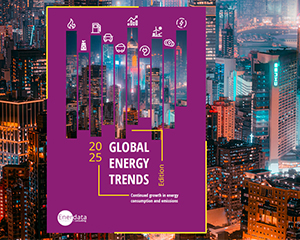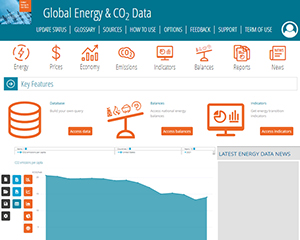Natural gas balance of trade
China’s net gas exports rose by 10% in 2024.
x5
Increase in Egypt’s net gas imports in 2024 (from a net exporter in 2021 and 2022)
China’s net gas exports rose by 10% in 2024.
After their surge in 2021-2022 and their fall in 2024, global gas prices stabilised in 2024, contributing to raise net gas imports in Asia (+10% in China, +15% in India, +2% in Japan and +5% in South Korea). Net gas imports also grew in Egypt (fivefold increase) and in Latin America (+10%, especially in Mexico and Brazil). On the contrary, they continued to decline in the EU (-5%), due to a stable gas consumption.
On the export side, higher gas exports from Norway to Europe (+8% in 2024) contributed to cut net gas exports from the US (-2.5%) and Algeria (-5%). Net exports grew in Russia (+13%), as in Azerbaijan (+15%) and in Canada (+11%, to the US). They remained stable in Qatar and Australia.
Breakdown by country (bcm)
World
Breakdown by region (2024) - bcm
Breakdown by energy (2024) - Mtoe
Our 2025 edition of Global Energy Trends presents insights on essential energy data.
We have contextualised these findings against long-term climate targets :
- Which must accelerate their efforts to meet 2050 targets?
- What are the underlying drivers explaining why Europe is struggling to achieve the Paris Agreement objectives?
- Which regions are making substantial contributions to climate mitigation?
Need more data? All the information presented in this energy data tool are extracted from Global Energy & CO2 Data service, the most comprehensive and up-to-date database on all gas states and sources: natural, manufactured and LNG. Access to the whole gas value chain information: reserves, production, trade, LNG liquefaction capacities, prices, consumption per sector and indicators.
Discover this service


